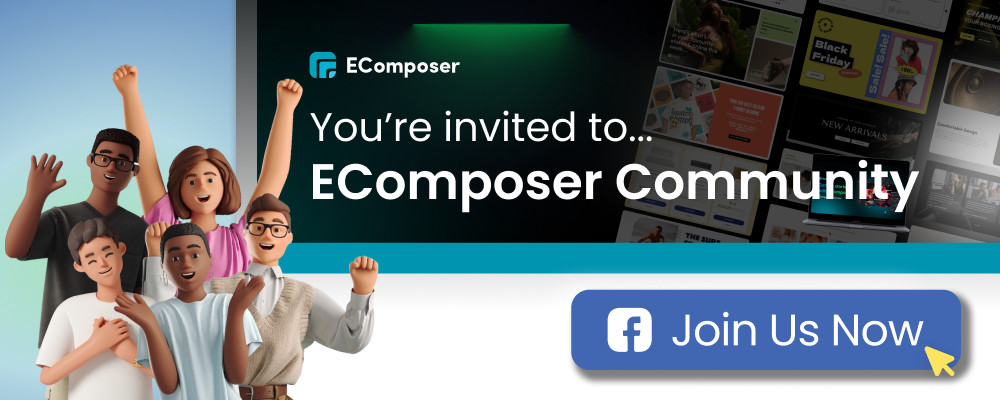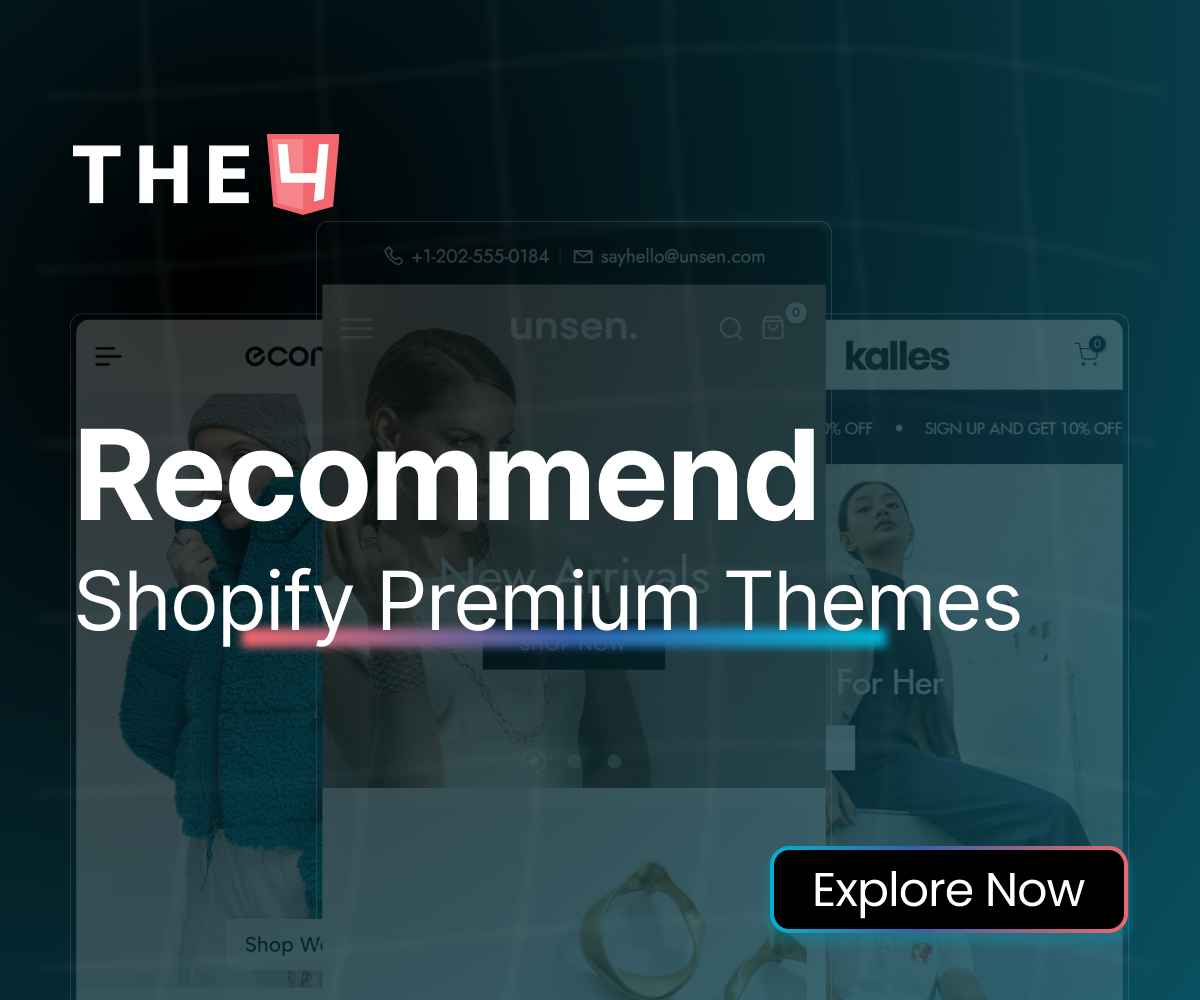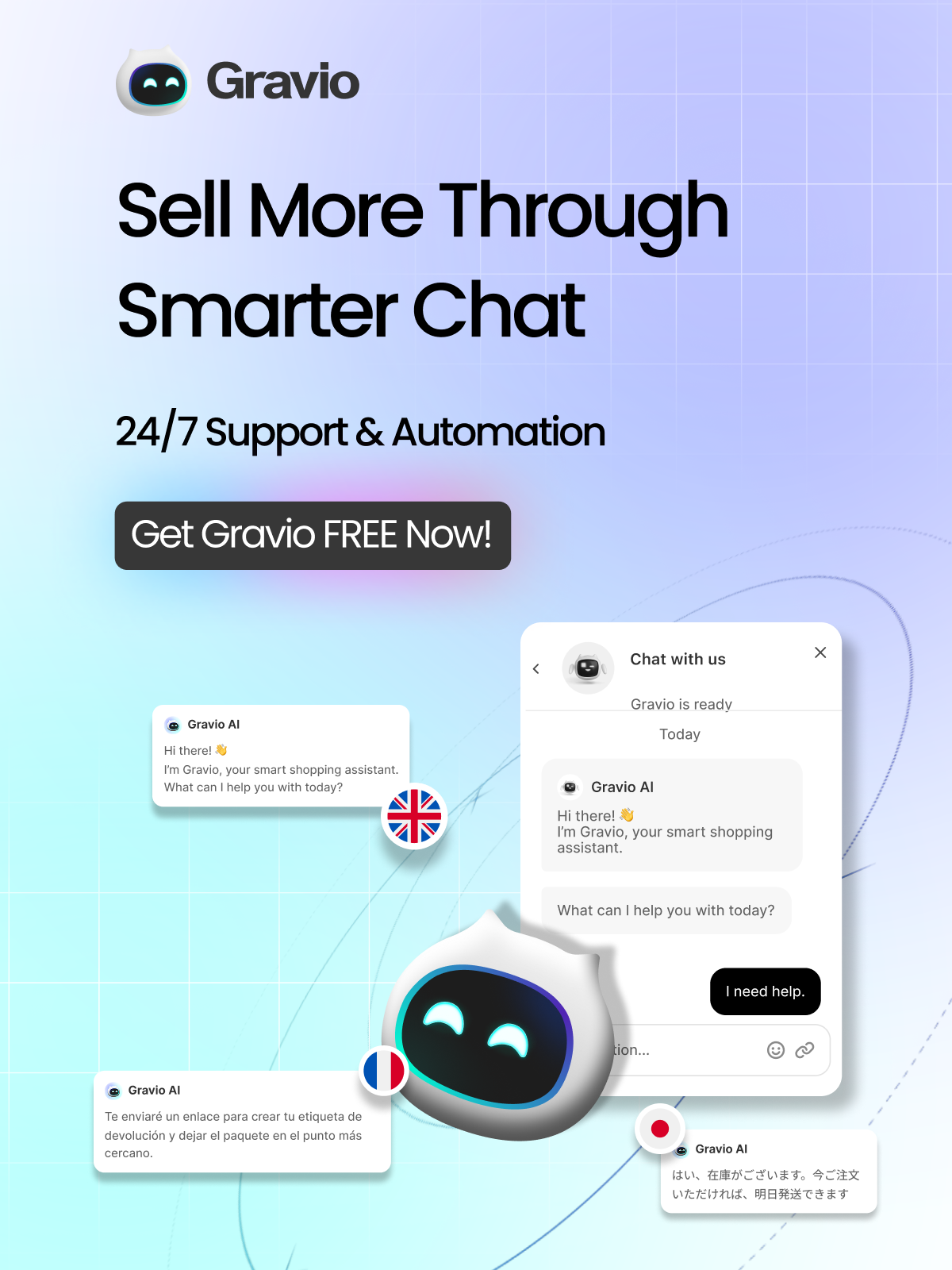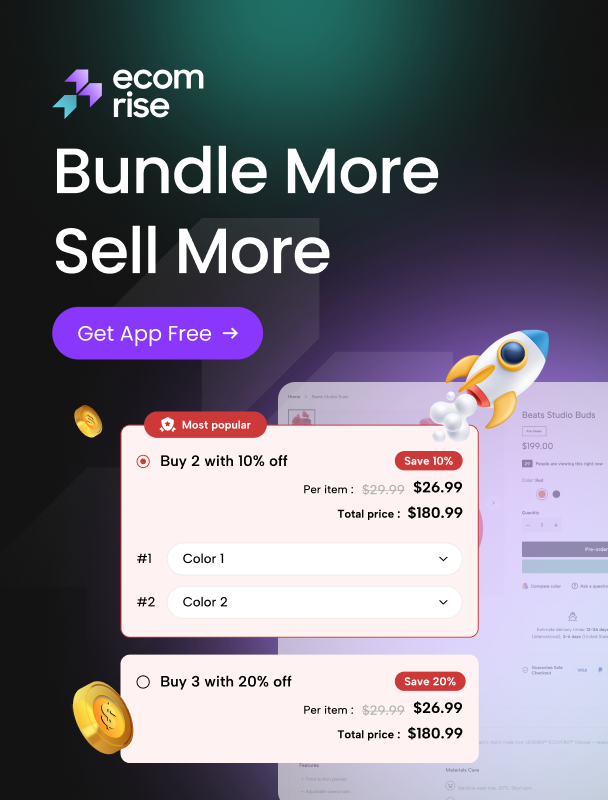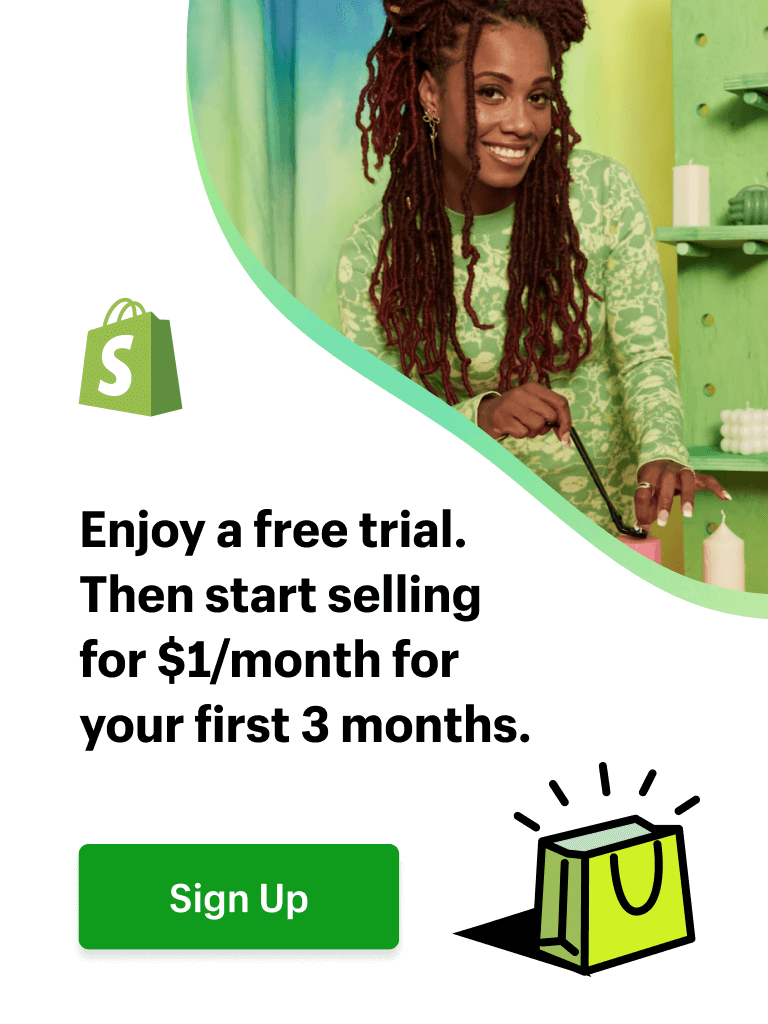What page types does EComposer support?
EComposer is a Shopify page builder app that allows users to design and customize pages on their Shopify store using a drag-and-drop visual editor, without needing to code. It supports a wide range of page types, provides a rich set of design elements and features, and is optimized for performance, SEO, and conversion. In this article, we will explore the page types that users can create with EComposer: Templates, Landing Pages, Shopify Sections, and Blog Posts.
1. Templates
A Template in EComposer refers to pre-designed layout structures that match different page types in Shopify. These templates are built to dynamically pull content from your store’s data and display it in a clean, responsive format. EComposer supports the creation and customization of the following templates:
- Homepage – The main page visitors see when accessing your store domain.
- Product Template – Displays individual product details like images, price, description, related products, etc.
- Collections Template – Lists products within a specific collection.
- Collection List – Displays multiple collections from your store.
- Blogs – Shows all articles within a specific blog, including thumbnail, title, short description, author, etc.
- Blog Post Templates – Displays the full content of a single blog post using dynamic Shopify data (title, content, author, date, featured image, and more).
- Cart Page – Lists products added to the shopping cart.
- Search Page – Includes a search bar and the search results layout.
- 404 Page – Shown when a visitor tries to access a broken or non-existent link.
- Coming Soon / Password Page – A pre-launch page used to introduce your brand, collect visitor info (like emails), and build interest before the store officially launches.
- Quick View – A pop-up layout to display product details without navigating away from the current page.
- Footer – A reusable footer template that will be displayed on all pages of your store.
- Global Block – A reusable block of one or more sections that can be shared across multiple pages or templates inside EComposer.
These templates are fully editable and assignable with EComposer’s editor, making it easy to build your store without needing coding skills. Learn more about creating templates in EComposer here: Create New Page
2. Landing Page
A Landing Page is a standalone page created with a specific marketing or conversion goal in mind. With EComposer, you can build high-converting landing pages from scratch or use one of the many provided templates. Landing pages are different from regular pages in that:
- They are accessed via custom URLs, not your store’s homepage.
- Their design is focused on a single purpose, such as promoting a product, collecting emails, or launching a campaign.
- They often include clear calls to action (CTA) and are free of unnecessary navigation to maximize user focus.
Examples of use cases for landing pages:
- About Us page
- Contact page
- Promotion or Ads page
Create your landing page with EComposer here: Create EComposer landing page
3. Shopify Section
One of EComposer’s most powerful and exclusive features is the ability to build and manage custom Shopify Sections. Here’s what makes this feature special:
- You can create a section layout (such as testimonials, product sliders, banners, countdown timers, etc.) with EComposer’s drag-and-drop builder.
- Once published, the section becomes available in Shopify’s native theme editor, so you can insert it into any theme without coding.
- These sections are reusable and easily maintainable.
Currently, no other Shopify page builder offers this functionality in the same way. It helps merchants:
- Save time by reusing custom-built content blocks
- Customize any part of their store without modifying the theme code
- Enjoy a seamless experience combining EComposer and Shopify’s theme editor
Learn more about creating and using Shopify Section: Shopify Section Builder
4. Blog Post
With EComposer, you can also design custom blog post layouts that enhance your content presentation. While Shopify provides the data for your posts (like title, author, date, content, and featured image), EComposer lets you:
- Customize the layout to match your brand identity
- Add dynamic elements like related articles, social sharing, comments, or CTAs
- Create visually appealing storytelling experiences
EComposer supports both Blog Templates (to list multiple posts) and Blog Post Templates (to display individual articles). This allows content creators to fully control how their blog looks and functions, without relying on the limitations of default Shopify themes.
Create your blog post with EComposer: Create Blog Posts in EComposer
